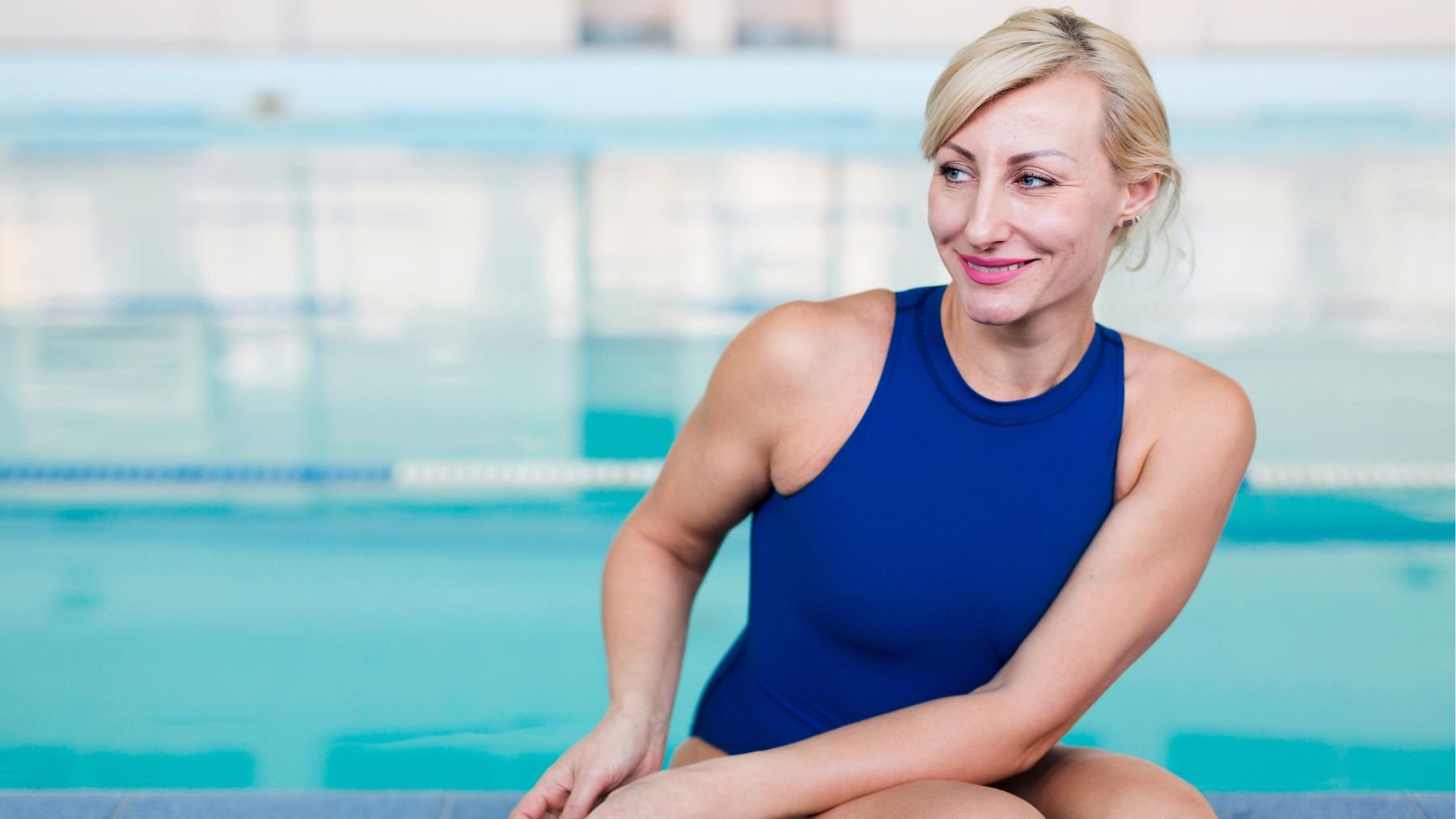Staying active after 60 can feel challenging when arthritis, sore knees, or stiff hips start to interfere with daily life. Water offers a different way to move without the strain of land-based workouts. That’s why experts from Mayo Clinic recommend specific aquatic exercises for older adults who want to stay strong and mobile.
Among these, it’s an activity called water walking, one of the simplest and most effective ways to improve joint function, build strength, and reduce pain. Let’s take a look at how water walking works, the benefits it offers retirees, and a few other pool-based movements that can make exercise safer and more enjoyable for people over 60.
Water walking and its benefits for retirees
Water walking is exactly what it sounds like: walking through waist-deep water while moving your arms naturally, just as you would on land. The difference is that water provides resistance in every direction, making the muscles in the legs, arms, and core work harder without placing extra stress on the joints. This way, each step is easier on the knees, hips, and ankles than walking on a sidewalk or treadmill.
As osteoarthritis, reduced cartilage, and general stiffness can make traditional exercise painful, in the pool, pressure is relieved, but the body still benefits from the cardiovascular challenge and strength-building resistance. Even those who don’t know how to swim can practice it by staying in shallow water or using a flotation vest for extra support.
Beyond joint relief, water walking boosts circulation and engages the core muscles needed for stability. This combination supports independence in daily life, whether it’s climbing stairs, carrying groceries, or simply getting up from a chair with confidence.
Other water exercises for retirees
Once water walking feels comfortable, adding variety can target different muscle groups and keep workouts interesting. Aquatic tools like hand webs, foam barbells, and noodles make these exercises even more effective.
- Deep-water walking or jogging: With the help of a flotation belt, retirees can walk or jog in the deep end. The added resistance increases cardiovascular fitness while keeping pressure off the joints.
- Arm exercises with water weights: Foam dumbbells are pushed up and down under the surface to strengthen biceps, triceps, and shoulders. This improves upper-body strength.
- Kickboard resistance moves: Holding a kickboard in front of the body and pushing it through the water challenges the arms and chest while also engaging the core.
- Leg lifts with a noodle: Looping a noodle around the foot and extending the leg strengthens quadriceps and hamstrings, helping with mobility and balance.
For retirees over 60, aquatic exercise can be a safe and enjoyable way to stay active. Each of these exercises adds to the benefits of water walking, creating a balanced routine that supports both strength and endurance.
Starting with water walking makes it easy to build confidence and strength, while gradually adding other pool movements ensures the body stays challenged without risk of injury. With consistent practice, the pool can become a tool for better health and long-term independence during your retirement years.

